I have a question about designing a charge amplifier.
I am currently using this simple setup for my application. As input, I can use several commercial piezo-based accelerometers. I need a pretty wide bandwidth (up to 0.1Hz). Instead of a high valued resistor (which would be about 1000 GOhm) I use a T-network instead.
The amplification of the accelerometer signal works fine. However, the offset of the signal is rather undefined. It drifts all the time between the two rails of the OPA.
I understand that with a defined offset, I can perform a correction at the IN+ Input of the OPA. But as the offset is drifting there is no chance with this method.
I know, that with 20pF, the amplification is pretty high (I need it for the detection of seismic activity). But also if I replace the capacitor with 2.2nF, the problem remains.
At last, when I apply a high signal to the circuitry (for example harsh shaking of the accelerometer), the signal goes into the rails of the opa. It stays there for a certain time until it recovers.
After the recovery, the offset of the output has changed considerably. Not like a drift but a stepwise change.
I suppose the whole effect is due to a charging effect somewhere. But as I am not really a specialist in analog circuitry, I cannot see where.
Probably it is connected to the pretty high resistance in the feedback. But I really need this bandwidth. And I have seen in published papers that these high resistors are not unusual for detecting seismic activity.
I hope you guys can help me. Thanks in advance.
P.S. The JFET OPA I am using: https://www.ti.com/lit/ds/symlink/opa4140.pdf?ts=1609760897207&ref_url=https%253A%252F%252Fwww.ti.com%252Fstore%252Fti%252Fen%252Fp%252Fproduct%252F%253Fp%253DOPA4140AIPWR
Proposal from Bimpelrekkie:
Add a capacitor in series to R17 in order to lower the DC gain. Like this:
However, as Bimpelrekkie also mentioned, the capacity must be very high in order not to alter the cut-off frequency at low frequencies. LTSpice shows that with a 1mF capacitor this is guaranteed. Unfortunately, I don't have this high valued capacitors in stock. So I cannot test it immediately.
Proposal from Andy aka:
Andy aka proposed to short out R17 and decrease C28 to roughly 3uF. Like this:
However, this not only drastically changes the transfer function of the charge amplifier, but also creates an unwanted resonance at low frequencies.
Proposal from Andy aka #2:
Andy aka proposed, in order to simulate my setup correctly, I have to put the capacitor, defining my accelerometer, parallel to a current source.
So up to now all simulations in LTSpice are performed like this (capacitor in series with voltage source):
